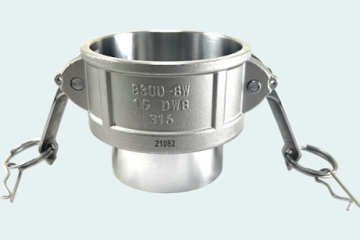Batteries are the unsung heroes of contemporary technology, providing our daily gadgets with electricity. Batteries are now an essential component of everything we use in our daily lives, including computers, cellphones, electric cars, and renewable energy storage. But even with their widespread use, many consumers are still ignorant of how crucial it is to maintain batteries properly if they want to maximize their lifespan and performance. The battery discharger, a gadget made to effectively and securely drain a battery of its charge, is one crucial instrument in this area. This article delves into the realm of battery dischargers, examining its advantages, uses, and role in extending battery life.
Understanding Battery Dischargers
Electronic devices known as battery dischargers apply a regulated load to a battery in order to completely deplete its charge. They are especially helpful for determining a battery’s capacity, revitalizing old batteries, and setting up new batteries for maximum efficiency. Dischargers are available in a range of sizes and forms, from basic hobbyist versions to complex industrial-grade devices that can manage high-voltage batteries.
Benefits of Using Battery Dischargers
- Capacity Testing: A battery discharger’s ability to precisely evaluate a battery’s capacity is one of its main advantages. Users can evaluate the battery’s performance and health by fully draining the battery and monitoring the quantity of energy it supplies. This is particularly helpful when figuring out how much capacity old batteries still have or when confirming the specs on brand-new batteries.
- Battery rejuvenation: As batteries age, they may have problems including capacity loss or voltage depression that impair their functionality. Battery dischargers, which cycle batteries by completely draining and then recharging them, can aid in the rejuvenation of these types of batteries. This can often replenish lost capacity and enhance the battery’s overall functionality.
- Enhancing Performance: A battery’s performance may be enhanced by carefully cycling it with a discharger. Users may avoid problems like voltage depression, which can happen when a battery is not completely depleted before recharging, by routinely draining and recharging their batteries. By doing this, you can make sure the battery uses all of its capacity and increase its longevity.
- Conditioning New Batteries: Several complete charges and discharges are recommended for new batteries as part of an initial conditioning procedure. This procedure can increase the battery’s long-term dependability and assist stabilize its performance.
- Safety: Using a battery discharger offers a regulated and safe way to completely empty a battery. With high-capacity batteries in particular, this is crucial as incorrect discharge can cause swelling, overheating, or even an explosion. To stop these kinds of accidents, dischargers come with safety measures like temperature monitoring and overcurrent prevention.
Types of Battery Dischargers
- Resistive Dischargers: These dischargers turn surplus energy into heat by applying a load to the battery through the use of resistors. They are less efficient than other models, but they are still easy to use and reasonably priced.
- Electronic Dischargers: These dischargers put a stress on the battery by using transistors or other electronic components. They frequently provide more exact control over the discharge process and are more efficient than resistive dischargers.
- Regenerative Dischargers: Capable of recovering and storing the energy released from the battery, regenerative dischargers are the most efficient kind. They become a more eco-friendly choice when this energy is utilized to replenish additional batteries or power other gadgets.
Conclusion
To sum up, battery dischargers are essential for extending the life and efficiency of batteries. They assist consumers in testing, rejuvenating, and maximizing the performance of their batteries by offering a safe and regulated way for batteries to be discharged. A battery discharger is a crucial instrument for guaranteeing the longevity and dependability of your batteries, whether you’re an enthusiast trying to maintain the batteries in your remote control vehicles or an industrial customer requiring to test massive battery banks.




